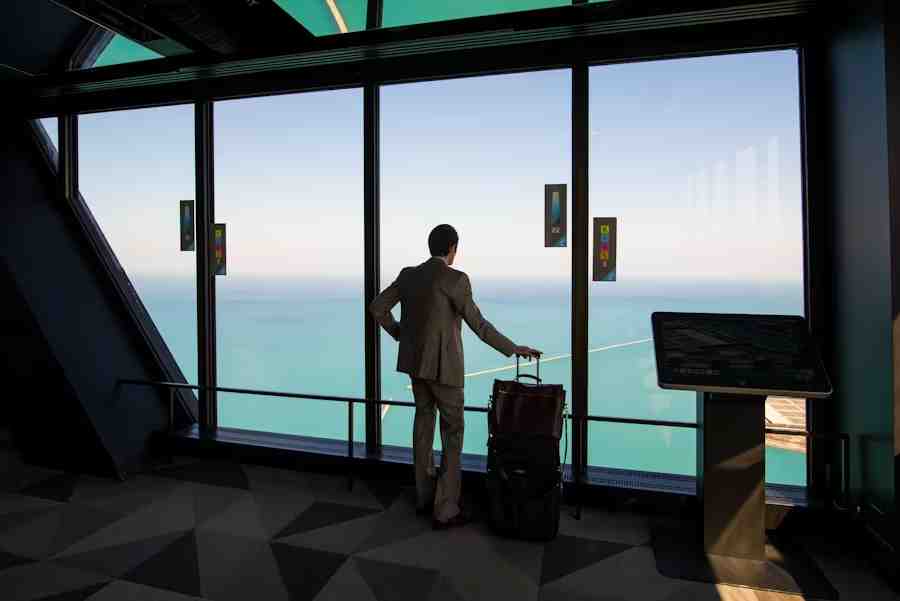The Rise of Bleisure Travel: A Guide for Companies

The line between the office and home has blurred, and so has the line between business and leisure travel. The "bleisure" trip—where an employee extends a business trip for personal vacation—is no longer a niche perk. It's a mainstream expectation, especially among millennial and Gen Z workers who prioritize work-life integration. For companies, embracing bleisure is a powerful tool for enhancing employee satisfaction, improving retention, and attracting top talent.
However, this new travel trend comes with its own set of complexities. A company's travel policy must evolve to provide clear guidelines on how these blended trips are managed, what is covered, and where the company's Duty of Care responsibilities begin and end.
Why Companies Should Embrace Bleisure
- Boosts Employee Morale: Allowing employees to add a weekend getaway onto the end of a work trip is a highly valued perk that costs the company very little. It shows trust and a commitment to employee well-being.
- Attracts and Retains Talent: In a competitive job market, a flexible bleisure policy can be a significant differentiator, signaling a modern and employee-centric company culture.
- Increases Productivity: An employee who has had a chance to recharge and explore a new city is often more creative, engaged, and productive upon their return.
Creating a Modern Bleisure Policy
A successful bleisure policy provides clarity and fairness. Here are the key components to consider:
1. Defining the Business Portion
The policy must clearly define which parts of the trip are considered "business." Typically, this includes the travel days to and from the business destination and the days where work is being conducted (e.g., attending a conference, client meetings).
2. Expense Management for Blended Trips
This is the most critical part of the policy. You need to be explicit about what the company will pay for.
- Flights: The standard practice is for the company to pay the cost of a round-trip flight to the business destination as it would have been for a normal business-only trip. If the employee chooses to fly back on a later date and the fare is more expensive, the employee is responsible for paying the difference. Your travel management platform should be able to show a "cost comparison" to make this clear.
- Accommodation: The company pays for the hotel only for the nights required for business activities. The employee is responsible for the full cost of their accommodation during the leisure portion of the trip.
- Meals and Incidentals: Per diem allowances for meals and other incidental expenses only apply on designated workdays.
3. Duty of Care and Liability
Your Duty of Care—the legal and moral obligation to keep your employees safe—is a primary concern. The policy must clearly state where the company's liability ends.
- During Business Days: The company is fully responsible for the employee's safety and well-being during the defined business portion of the trip. Your travel risk management program, including traveler tracking and emergency assistance, applies.
- During Leisure Days: The policy should state that during the personal/leisure days of the trip, the employee is considered to be on personal time. The company is not liable for their activities, and they are responsible for their own personal travel insurance.
4. The Approval Process
Requests for bleisure trips should be part of the standard pre-trip approval workflow. The request should clearly outline the business and leisure dates so that managers can approve the trip with a full understanding of the itinerary.
Bleisure travel is a win-win. It offers a low-cost, high-impact perk for employees while positioning the company as a modern, flexible employer. By creating a clear, fair, and well-communicated policy, you can embrace this trend confidently and strategically.
Ready to build a travel policy that supports your modern workforce?